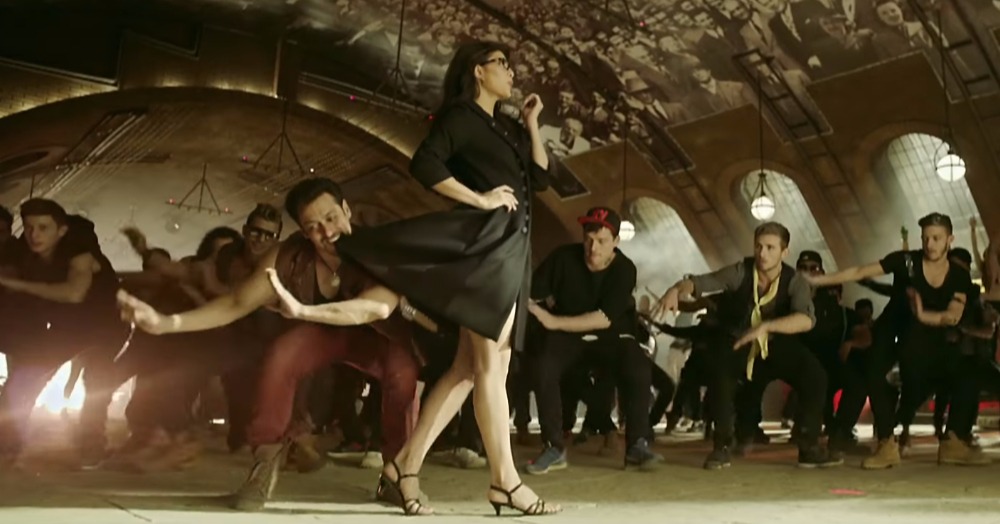
I was a Shah Rukh Khan fan from before I could remember my alphabets. Khan, displaying his abundant dimples as he slithered next to Kajol on the floor of a train in Dilwale Dulhania Le Jayenge. Despite her annoyance and utter bewilderment, he badgered on and crossed personal boundaries ever so easily. My favourite childhood film essentially sends this problematic message across to viewers that, if you force yourself on a woman long enough, she will fall madly in love with you.
And I could go on. Rahul from Kuch Kuch Hota Hai conveniently falling in love with Anjali only when she transcends effortlessly from a dungaree to a saree; her bob being replaced by long and lustrous hair, always blowing in the wind. Or Aman Mathur in Kal Ho Naa Ho mansplaining to an adult woman on the art of smiling. At times, this pervasive misogyny makes me want to scream my lungs out. Are we so blind that, even in 2017, an overtly entitled Varun Dhawan character gets to force himself on a woman, because he is a twin who has no fucking control over his impulses?
I don’t know a single woman who hasn’t been heckled, catcalled, groped at least once in her life. Bollywood, with it’s insidious objectification of women, encourages men – both young and old – to think that there is only one way to proposition a woman. A woman is just flesh and meat, her brain and intellect is of zero context in the script which, let’s face it, is all about the redemption of the male protagonist, always lauded as the hero.
With the numerous sexual harassment allegations against Harvey Weinstein, one of the most powerful film producers of the world only getting stronger, now, there is a new study to show that even when it comes to depicting women on screen, films are relentless in their sexist behaviour.
Titled, ‘Analyzing Gender Stereotyping In Bollywood Movies’, this research studied movie plots and posts of Hindi movies released since the year 1970. From occupation, the introduction of characters, to screen time, mentions and even in the lyrics of songs – women have been given far less importance when compared to their male counterparts. Take note of the following statistic: 80 per cent of the films have more mentions of men, in 56 per cent of the movies, women have been mentioned less than half the time than men. At a whopping 68.5 per cent actors get way with more screen time than actresses.
And, of course, it is imperative to show men in positions of power as boss, doctor and pilot while a woman is relegated to subordinate positions like secretary, nurse or stewardess. Rich, strong, wealthy and honest are the most used adjectives for male characters, while for females they are beautiful, attractive, pretty and widowed (among others). A man kills, beats, shoots and proposes. A woman marries, accepts, loves and realises. In spite of this glaring discrepancy, women are used widely in film posters and other promotional materials. The irony being that even in trailers, women manage to get only half as much screen time as men.
Graph shows lead cast dialogues for men in blue and women in pink
In this study of 4000 films, the only point of redemption is that the last three years have seen about 30 films which have tried to overthrow this narrative of a woman being a damsel in distress whose only only job is to carry her family’s honour on her nimble shoulders. And truth be told, we women are more than done with this skewered and problematic perception of us. Bollywood, you seriously need to up your game on this one.
You can read the entire study here.